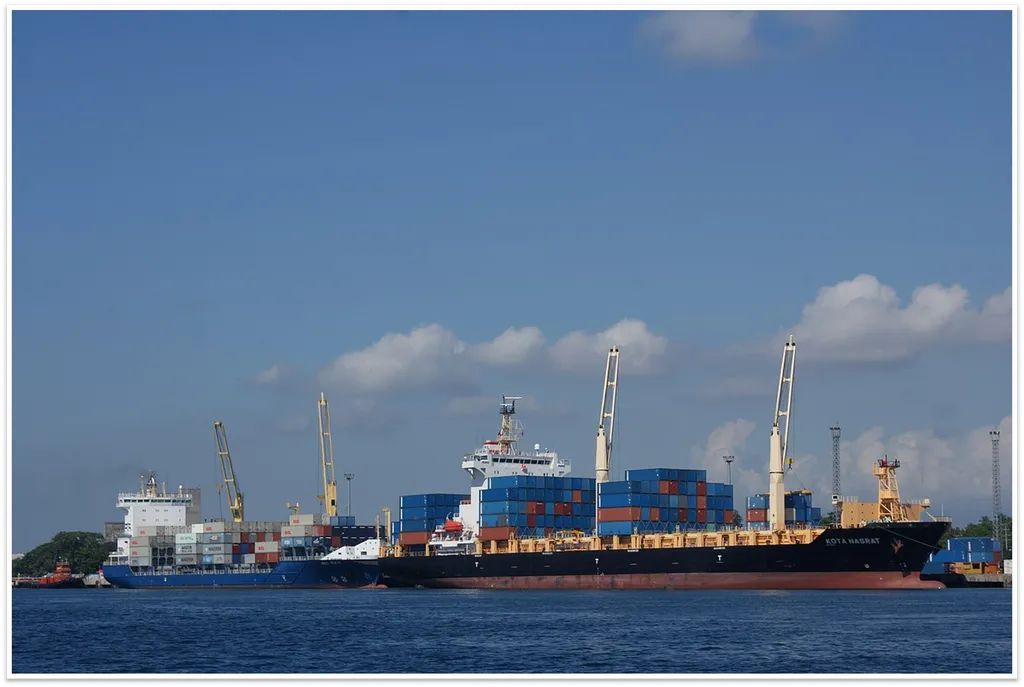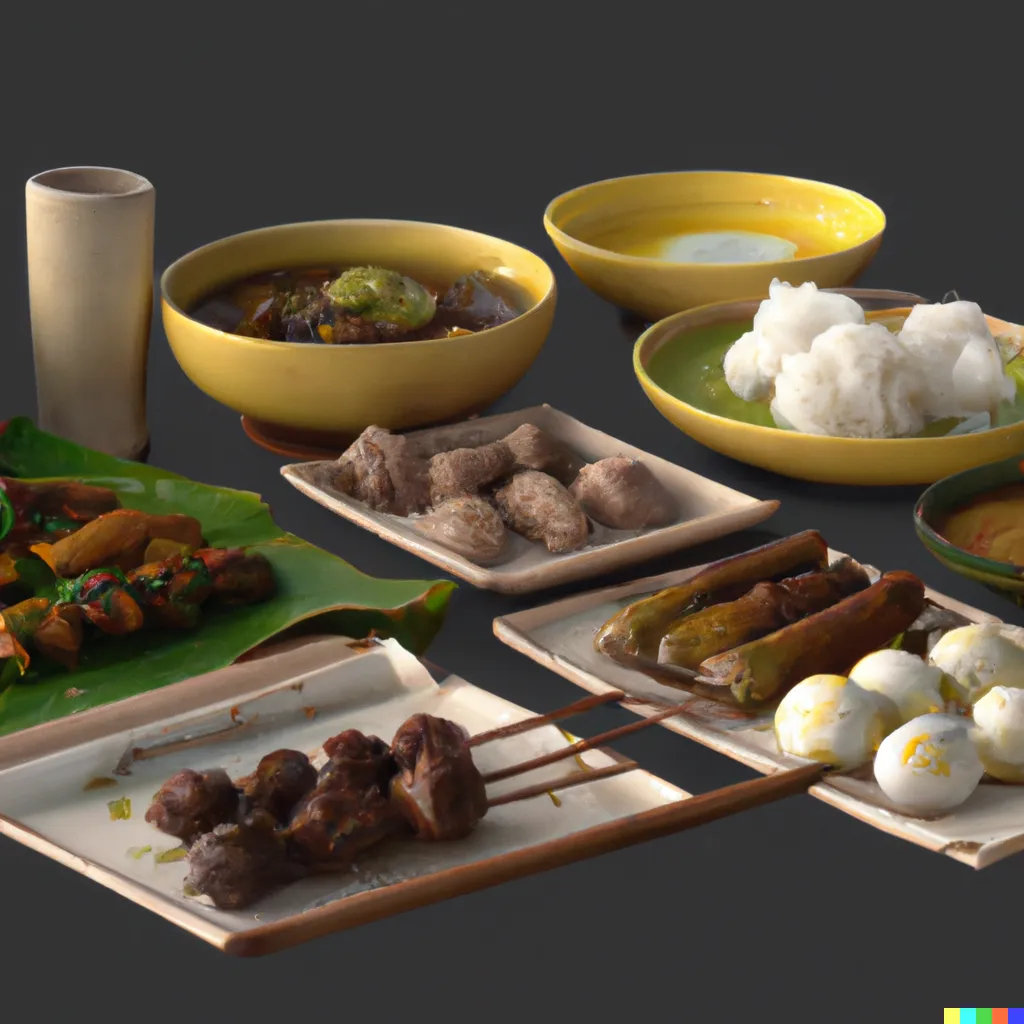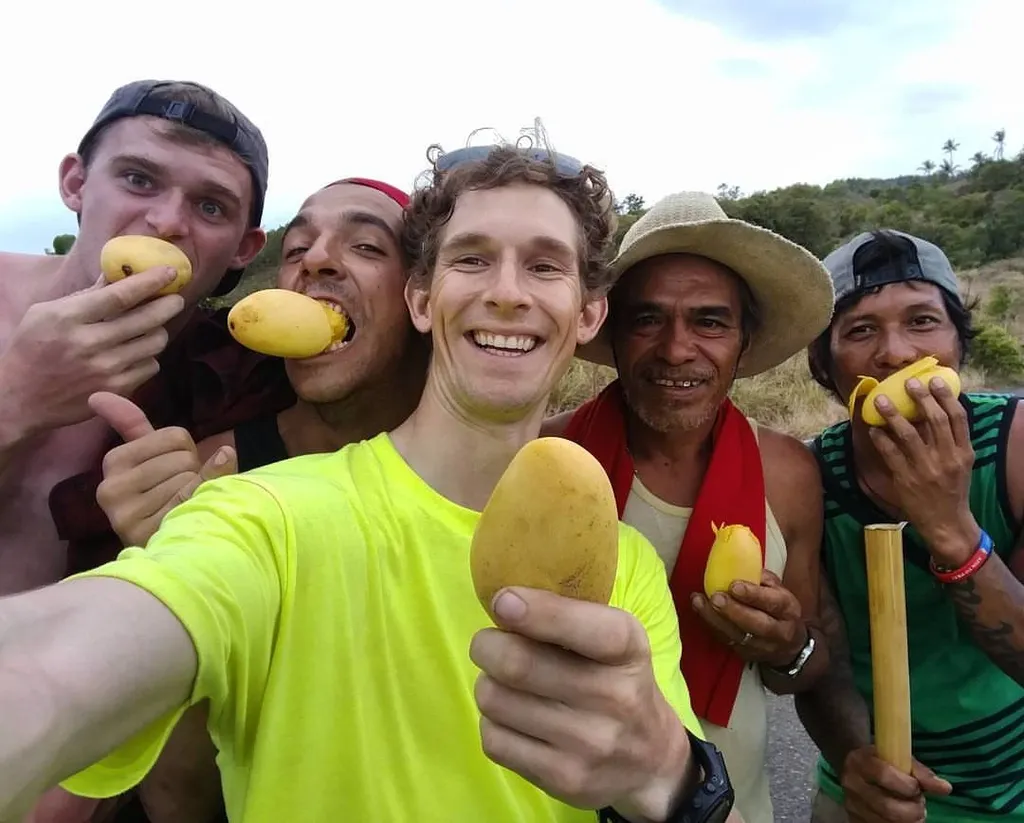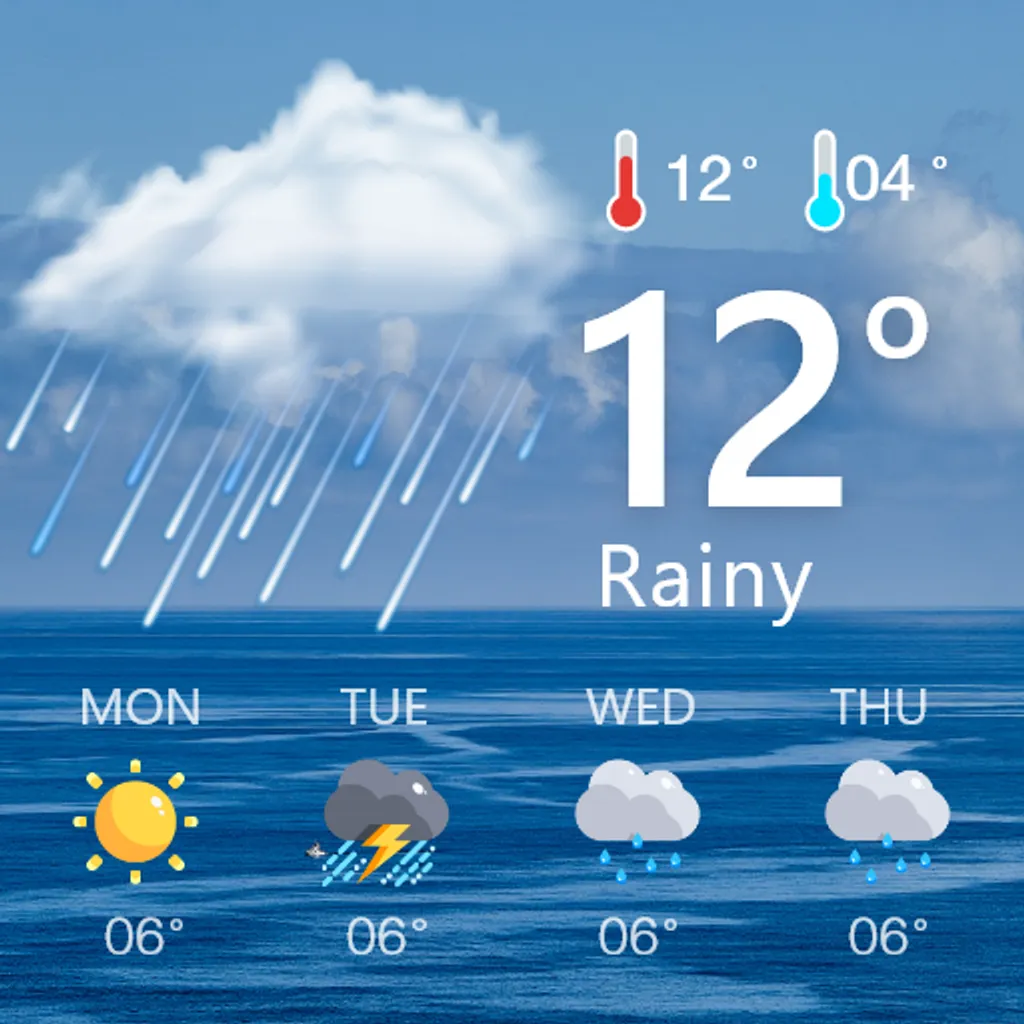How to get there?
The most affordable way to get from Davao Airport (DVO) to Santa Ana Wharf
Davao is to taxi, which takes around 14 min.
About Sasa Ferry Wharf
The Port of Davao, or Davao Port (Cebuano: Pantalan sa Dabaw, Filipino:
Daungan ng Dabaw), is a seaport located in Davao, Philippines. The Port of
Davao consists of a number of ports, all within the Davao Gulf which is part
of the Celebes Sea, but its main office and seaport is located at Brgy. Sasa,
Davao City. The Port of Davao is largely dominated by container cargo, raw
materials exportation, bulk cargo, general cargo, and passenger traffic
facilities.














